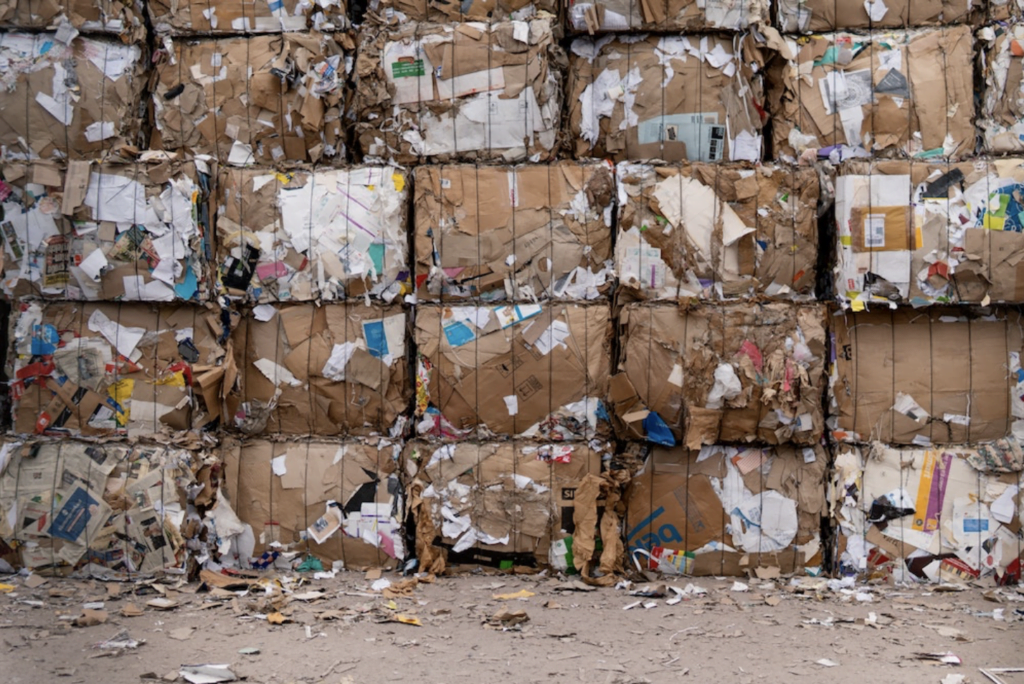The Federal Government’s recently announced $190 m fund to stimulate recycling initiatives is needed but it must seriously reduce waste at source and waste going to landfill.
Clive Jackson, Democrats campaigner
The Minister for the Environment, Sussan Ley claims the $190 m will generate $600m in recycling investment, 10,000 jobs, and divert 10 million tonnes of waste from landfill. This is welcome but the National Waste Policy Action Plan to which she refers, commenced more than a decade ago, has a target of 80% waste recovery, and progress has been slow.
According to the 2018 National Waste Report, Australia generated < 67 million tonnes of waste in 2016-2017 and recycled only 37 million tonnes.
Since then several countries have ceased accepting shipments of our waste for reprocessing and we now have a crisis of recyclable material being stockpiled, much of it ‘contaminated’ meaning it is unsorted and some unsuitable for recycling. Contaminated and mixed waste is a big problem and sorting of waste for recycling is expensive so persuading people to do the right thing is imperative.
The Federal Government promises to impose a ban on glass waste exports in 6 months and plastic in 12 months. $24.6 million of the fund will go on improving data collection, $35 million on ‘setting the direction for waste management and recycling’. Better late than never!
What’s missing is a commitment to creating a market for recycled product. Government procurement policy and industry targets would be a good start.
It would also make sense to limit material used, to that which can be recycled. Many plastics cannot be recycled. Mixed material products such as plastic-lined paper coffee cups are also problematic because the materials cannot be separated economically. These are problems that can only be dealt with by government standards and, preferably international agreements. There are already agreements on pollution and dumping of waste from shipping and the transfer of hazardous waste but none on plastics, hazardous though they are to wildlife.
Much of the push to reduce domestic waste has so far fallen to local Councils, but domestic waste is only one element of the waste load. Industries need to adopt waste management plans that have significant reduction targets.
The announced Recycling Modernisation Fund will require matching funding by the States and by the emerging recycling industry. A problem here is that States have committed to their own plans and, as the Waste Management and Resource Recovery Association points out, co-investing will be difficult for firms in the current environment.
Jeff Seadon at Auckland University says Australia has only 193 material recovery firms in Australia with varying capacity and technologies and that this is nowhere near adequate for dealing with the current crisis. Governments would do well to lead us in the use of more recycled products but $600 million expected to be leveraged may fall short given the challenge ahead.
Recycling has other limits. Jenny Downes at the University of Technology Sydney says although recycling aluminium, plastic, paper and glass is more efficient than using virgin materials, the recycling process consumes energy and costs money and some material, particularly plastic, is degraded every time it is recycled and so ends up eventually in landfill. Better to reduce the amount produced in the first place.

